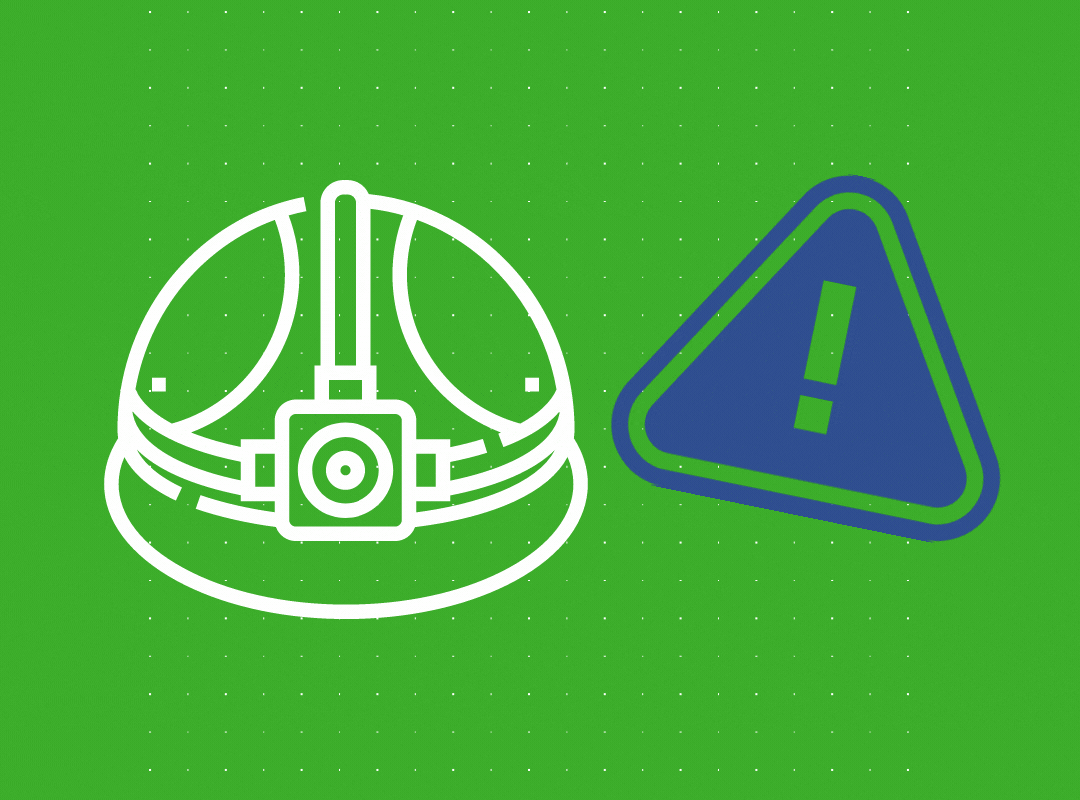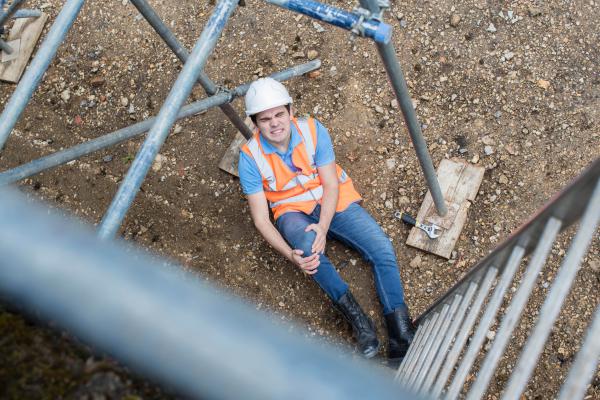Construction sites are inherently hazardous environments, not only for those who work within them but also for trespassers who unlawfully enter these areas.
While the primary concern of construction site safety is to protect workers, ensuring the safety of trespassers is also a significant responsibility for landowners and site managers.
In this article, we look at the liabilities of landowners regarding trespassers on construction sites and explore effective strategies to prevent trespassing and enhance site safety.

Understanding the Risks: Why Trespassing on Construction Sites is Dangerous
Annually, hundreds of injuries and sometimes even fatalities occur among trespassers on construction sites.
One of the most significant dangers on construction sites is the risk of falls from height, while idle mobile plant equipment also poses a risk, potentially even enticing people to trespass.
Whether it's urban explorers seeking adrenaline-fueled adventures, children viewing construction sites as playgrounds, or individuals taking shortcuts through restricted areas, trespassers often expose themselves to perilous conditions.
The allure of social media, where urban exploration profiles showcase daring escapades, further fuels this risky behaviour.
Every year, there are hundreds of cases of trespassers being injured on construction sites and despite those injured parties trespassing, the landowner can find themselves in court facing charges.
Preventing Trespassing and Mitigating Risks
Preventing trespassing on construction sites requires a multi-pronged approach that addresses both physical barriers and behavioural factors. Here are some approaches to consider:
- Securing the Perimeter - Erecting sturdy fences, installing warning signs, and employing security personnel can help deter trespassers from entering construction sites.
- Educating the Community - Engaging with local communities and schools to raise awareness about the dangers of trespassing on construction sites can help prevent unauthorised access.
- Enhancing Surveillance - Using CCTV cameras and motion sensors can aid in monitoring and detecting trespassers, enabling prompt intervention by security personnel.
- Implementing Access Controls - Restricting access points and implementing access control measures, such as gates with electronic locks, can limit unauthorised entry.
- Regular Site Inspections - Conducting regular inspections of the construction site to identify and address potential hazards can help mitigate risks for both workers and trespassers.
Minimising Falls from Height: A Key Priority
Falls from height are a leading cause of serious injury and fatalities in the construction industry. To prevent such incidents, it is essential to implement robust safety measures, including:
- Providing adequate guardrails, safety nets, and personal fall protection equipment for workers, as well as visitors – both invited and uninvited.
- Removing ladders when vacating the work site.
- Conducting thorough risk assessments and implementing effective fall prevention plans.
- Ensuring proper training and supervision of workers to adhere to safety protocols when working at heights.
MRS Training and Rescue now offers a range of bespoke, City & Guild-accredited Work at height courses for those who want or need to take their safety skills and knowledge to the next level.

Understanding Liability: Are Landowners Liable for Trespasser Injuries?
In the UK, landowners owe a duty of care to trespassers under the Occupiers' Liability Act 1984. While landowners are not generally responsible for injuries sustained by trespassers, there are exceptions.
For instance, landowner liability is acknowledged if a landowner is aware of frequent trespassing or the presence of children in the vicinity, and they haven’t taken reasonable steps to prevent harm, such as erecting fences or warning signs.
Promoting Safety Through Training and Compliance
Ensuring construction site safety requires a collective effort from all stakeholders, including landowners, site managers, and workers. Investing in comprehensive health and safety training for construction workers and managers is crucial for mitigating risks and avoiding legal complications related to trespasser injuries.
MRS Training and Rescue offers an array of accredited courses designed to equip professionals with the knowledge and skills necessary to maintain safe working environments and protect both workers and trespassers.
For example, our Working Safely at Height and Technical Rescue course offers guidance on fall prevention and arrest systems, anchors, and edge protection, while on our Management of Working at Height course, delegates master the risk assessment process.
By implementing proactive measures to prevent unauthorised access and minimising risks, construction site managers can create safer environments and mitigate potential liabilities. Through ongoing training and compliance with safety regulations, we can collectively work towards safer construction practices and uphold our duty of care to all individuals within and around construction sites.




